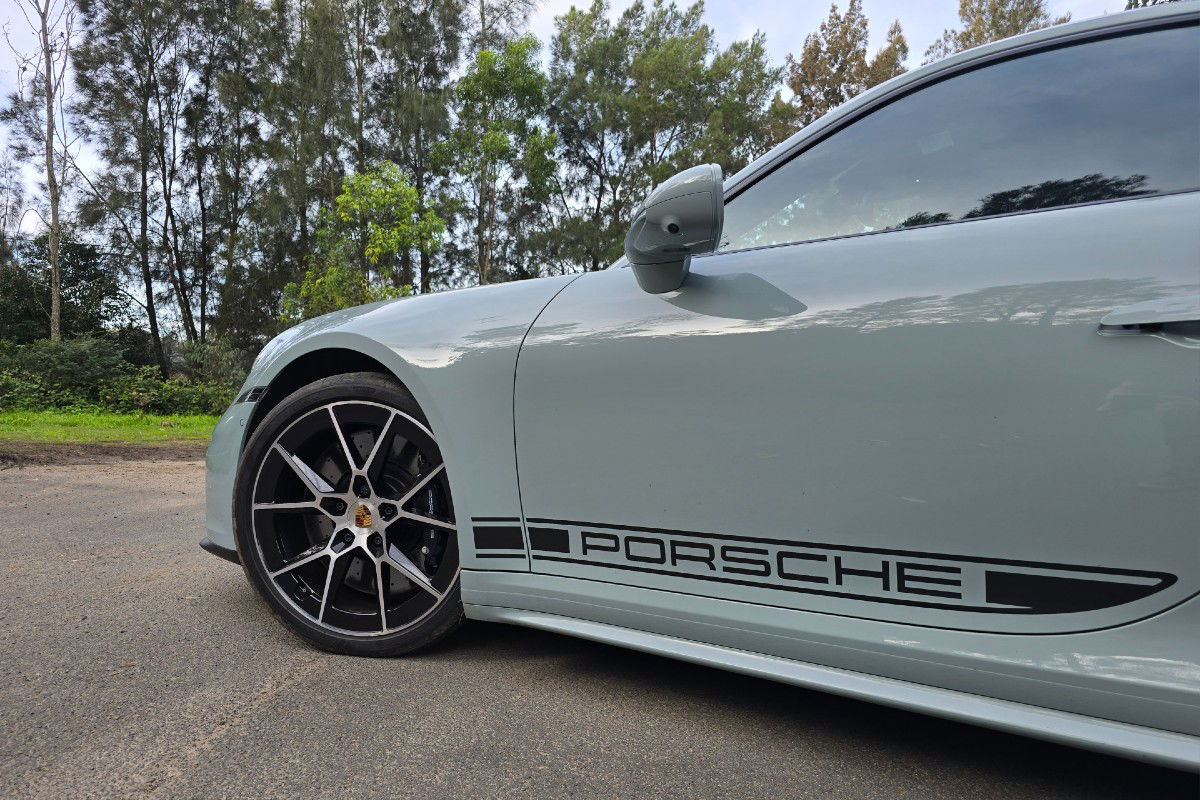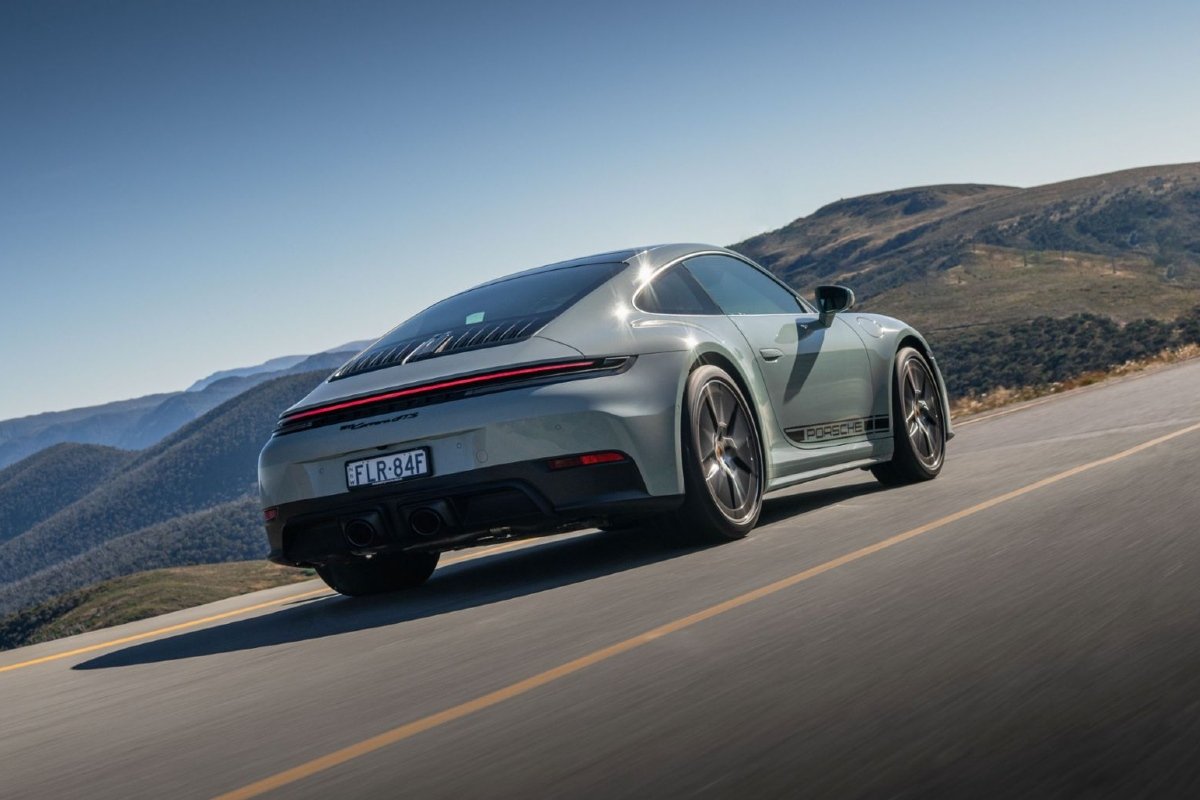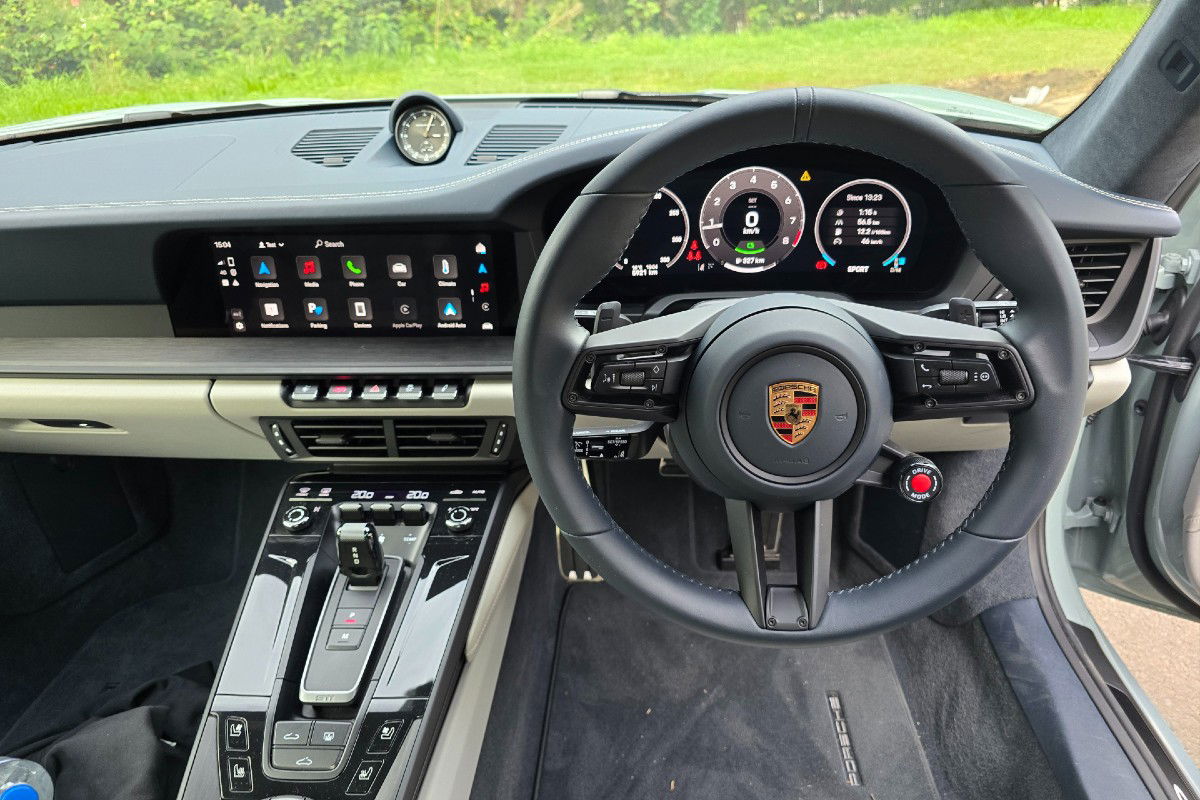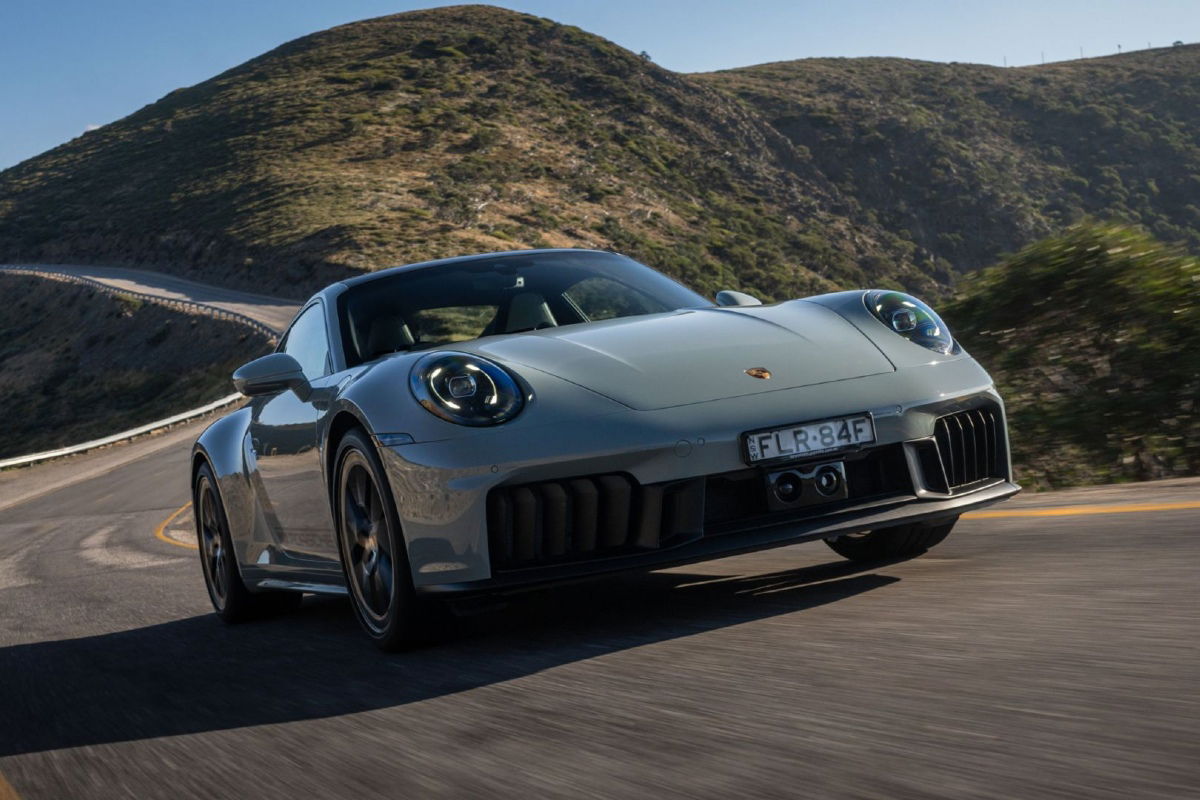
Years ago a very senior Porsche executive made it clear to me that the last petrol-powered car it will ever build will be a 911 GT3 – and it will probably be a manual too.
Porsche is – at its core – a company run by people with petrol running through their veins. But that doesn’t mean it can ignore the requirements of law makers around the world. Hence the all-electric Macan and Taycan, the incoming electric Cayenne and other plans for electric models.
It also explains the car we’re reviewing today – the 911 GTS T-Hybrid. While Porsche is steadfast in its refusal to build an electric 911, instead sacrificing the 718 on the altar of emissions, that doesn’t mean it can ignore the wider world.
READ MORE: Porsche’s big problem

The GTS is the first hybrid 911, but probably not the last, and having finally had a chance to drive it (after our initial experience was a Laguna Seca hot lap) I can’t say that’s a bad thing. Don’t get me wrong, the naturally-aspirated 4.0-litre flat-six in the GT3/GT3 RS is still my favourite choice to power the 911, but this hybrid set-up is now a close second. And I say that having not forgotten the 911 Turbo exists.
The powertrain Porsche has developed for the GTS T-Hybrid is a masterpiece of modern engineering. This isn’t a hybrid like your Toyota Camry or Hyundai Santa Fe, which put the onus on extracting the best efficiency at the expense of performance.
Instead, the T-Hybrid set-up is compact and potent, designed specifically for the 911 to enhance its performance while also saving emissions as an added bonus.
Porsche didn’t just squeeze an electric motor and a battery onto the old 911 flat-six, instead they created something familiar but new. It’s still based around a 3.6-litre six-cylinder engine, but a newer iteration that has been specifically developed to allow for the hybrid powertrain to be accommodated.

It uses a high-voltage system to electronically control the air-conditioning compressor and therefore do away with the need for a belt drive, which in-turn creates more space in the engine bay. Into that space Porsche has added a new electric exhaust gas turbocharger, with an integrated electric motor positioned between the compressor and turbine wheel to allow for near-instantaneous response. In addition, there is a permanent magnet synchronous motor integrated into the new eight-speed dual-clutch transmission.
The result is a powertrain that makes 398kW of power and 610Nm of torque, a massive 45kW improvement over the previous, non-hybrid 911 GTS.
Remarkably, the addition of a hybrid system has closed the gap between the GTS and the Turbo in the 911 range. The current 911 Turbo 427kW/750Nm, so is still ahead, but the gap between the pair has closed.

You can feel that when you drive it, no longer is the GTS a somewhat awkward child in between its stronger older siblings (Turbo and GT3) and its more reasonable younger siblings (Carrera S). Porsche undoubtedly has plans to stretch the Turbo to another level too, with this mid-life upgrade, but for now the GTS is breathing down its neck.
In many respects, hybridisation is the new turbocharging, bringing previously unprecedented levels of performance through new technology.
The punch provided by the new powertrain is nothing short of immense. Importantly, and worryingly for the 911 Turbo, the hybrid system in the GTS has no lag – that’s a major benefit of electric motors. So, whenever you launch out of a corner, there’s an instant surge of torque to support the petrol engine, meaning it feels Turbo-esque on the road (or the track, based on my Laguna Seca ride).
But this performance doesn’t solely define the new GTS. What I didn’t experience in my ride along was the feeling you get from behind the wheel. The balance and poise the GTS has always offered remains front and centre in the ride and handling package.

There’s a reason why motoring journalists like myself tend to gush over the Porsche 911 – it’s really, really good. The steering is incredibly direct, the ride strikes a nice balance between responsiveness and ride comfort and the brakes have enough bite to tame all the power.
It’s not all good news, I should make clear. There is a cost to all this new technology and power, $380,100 plus on-road costs, to be precise. That was the kind of money you needed for a 911 Turbo in the not-too-distant past, so it all adds up in the end.
Still, for those looking to finally join the 911 family, even those who believe it should remain petrol-powered until the final example rolls off the production line, there is no way you can ignore the 911 GTS T-Hybrid.
As crazy as it sounds, and I never thought I’d find myself typing these words – Porsche’s best 911 might indeed be a hybrid.


















Discussion about this post